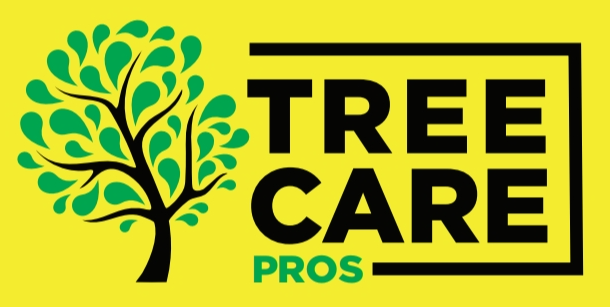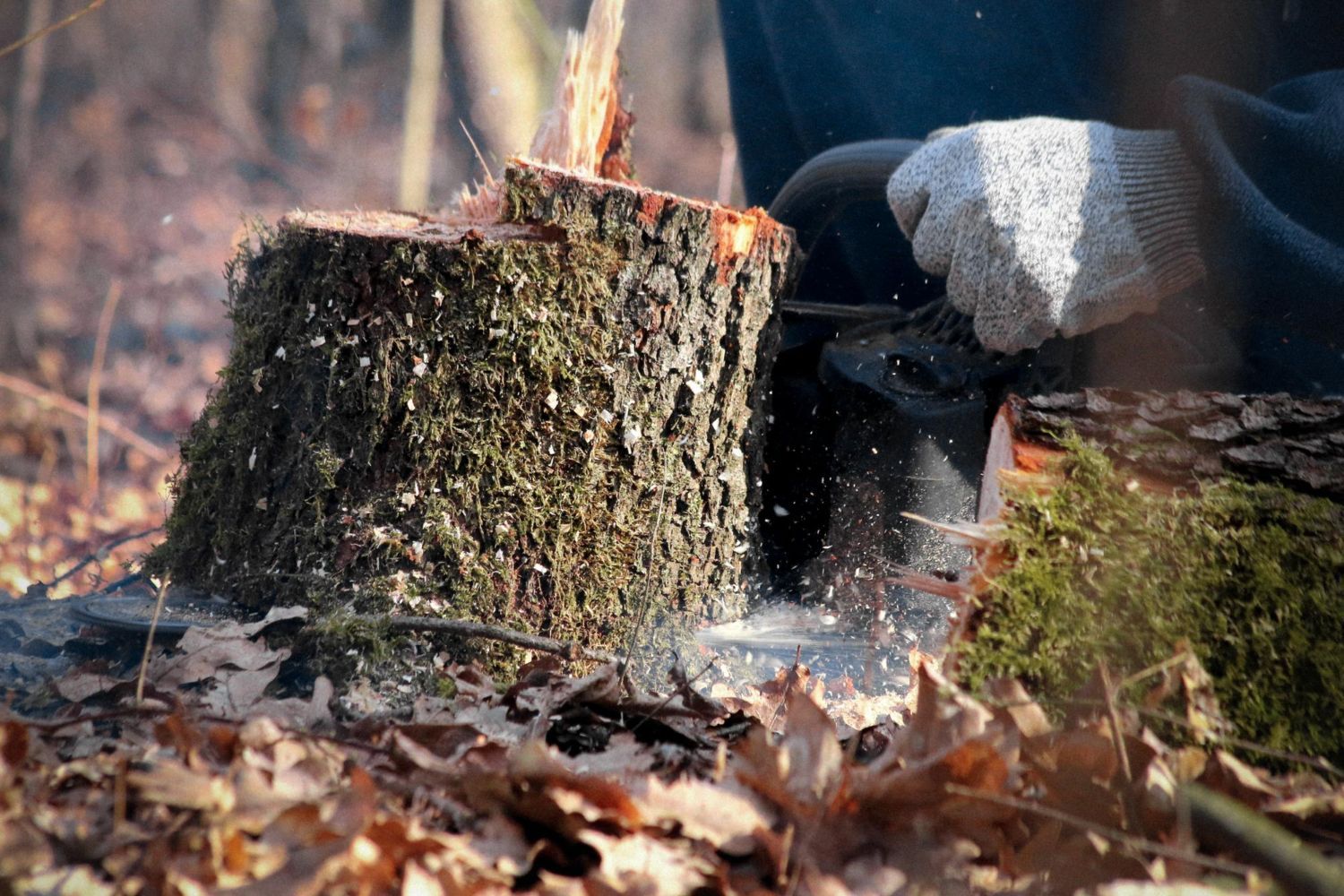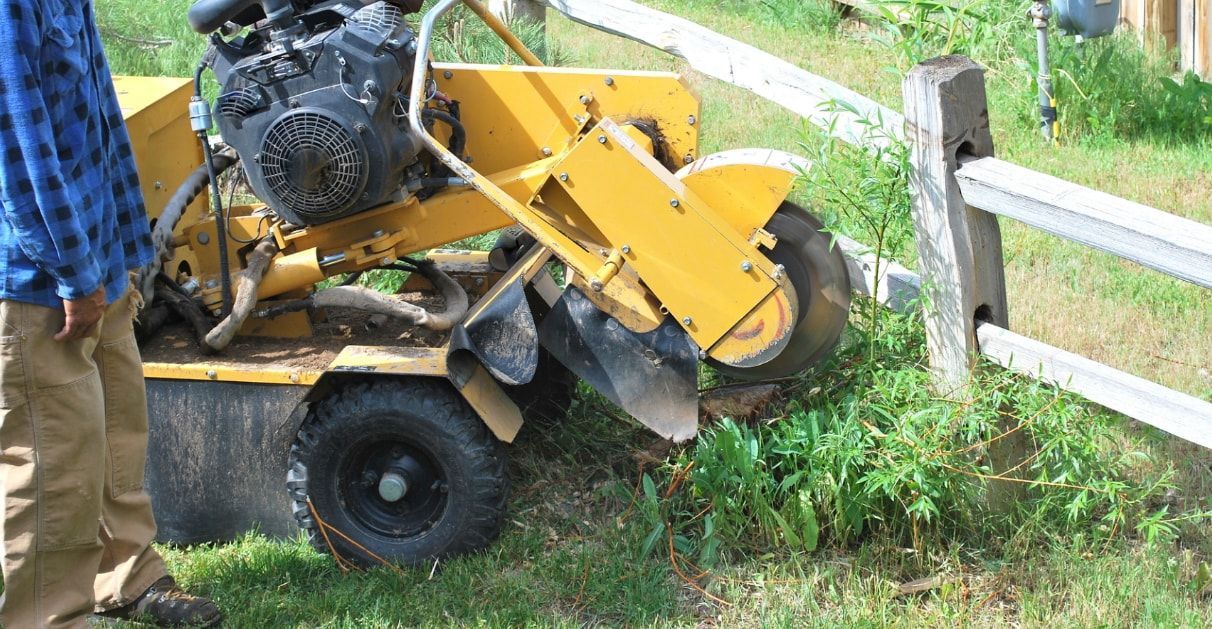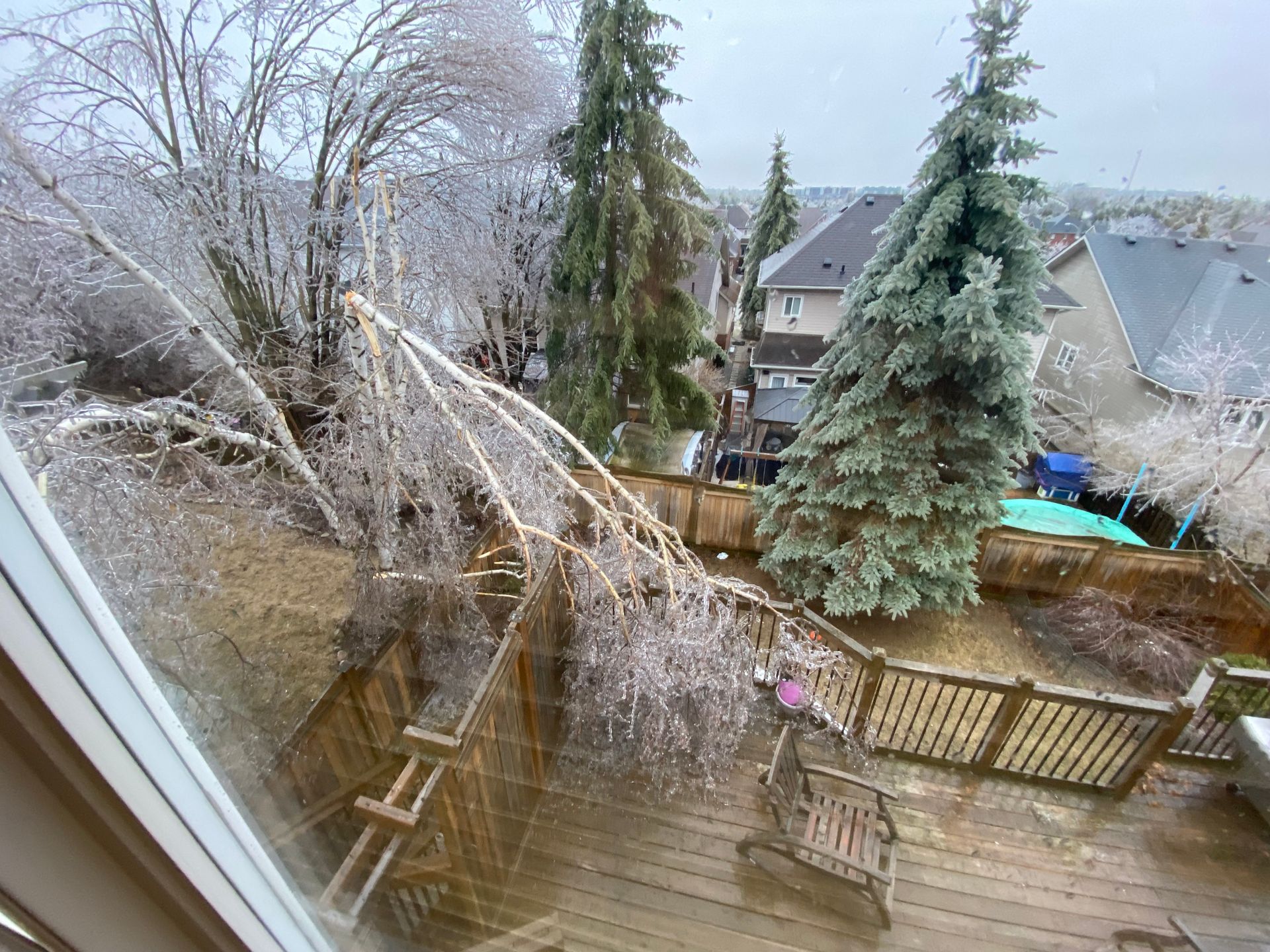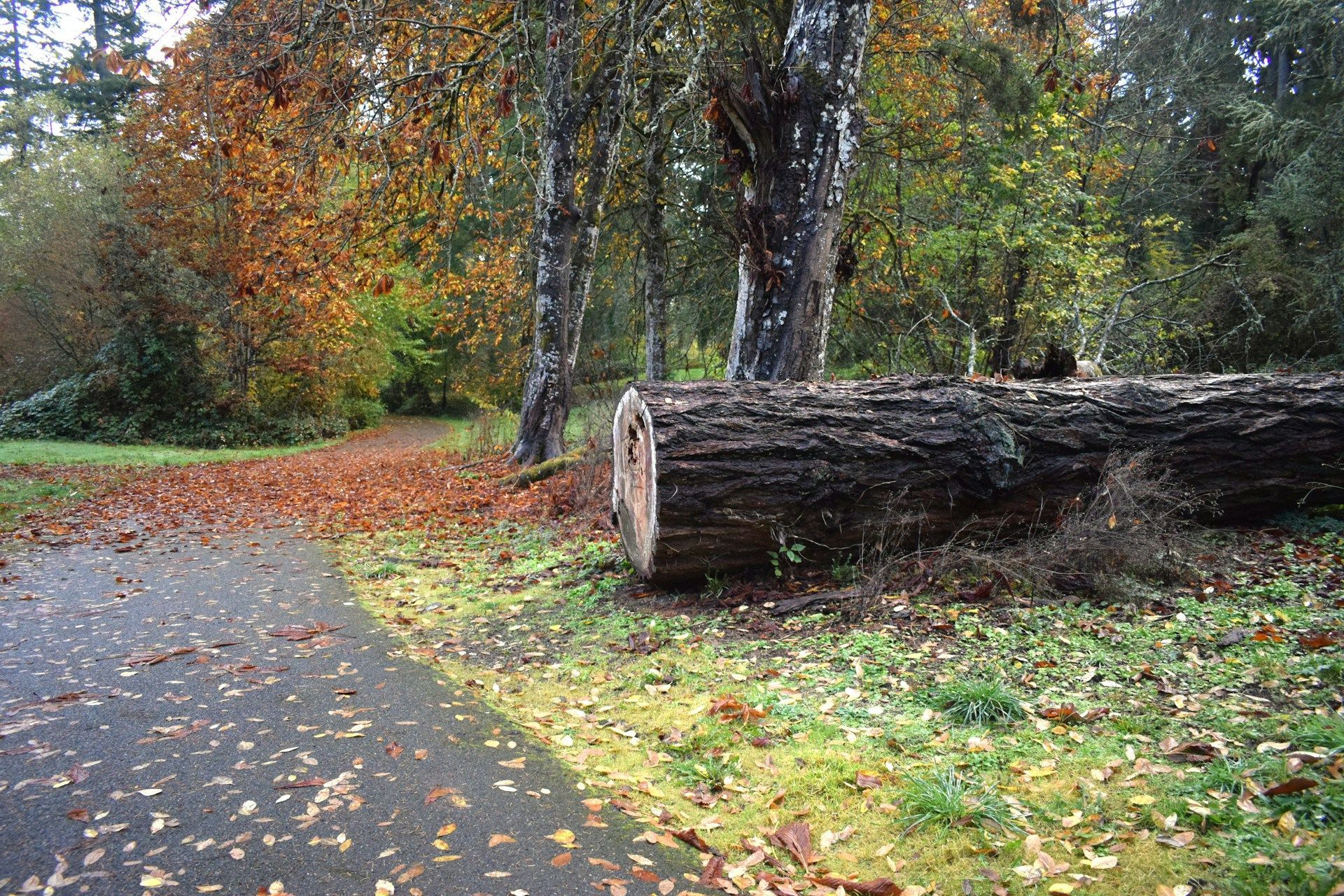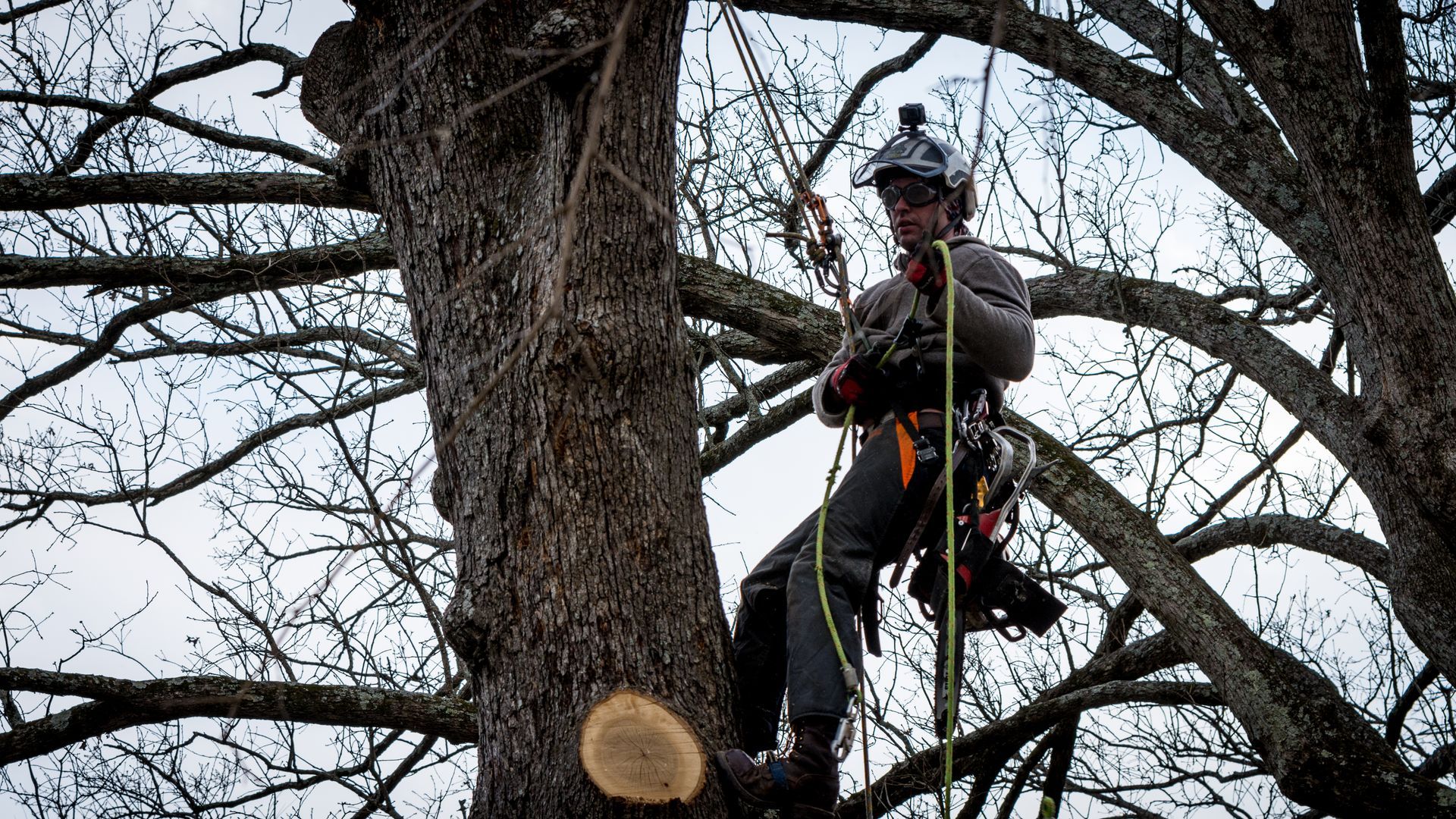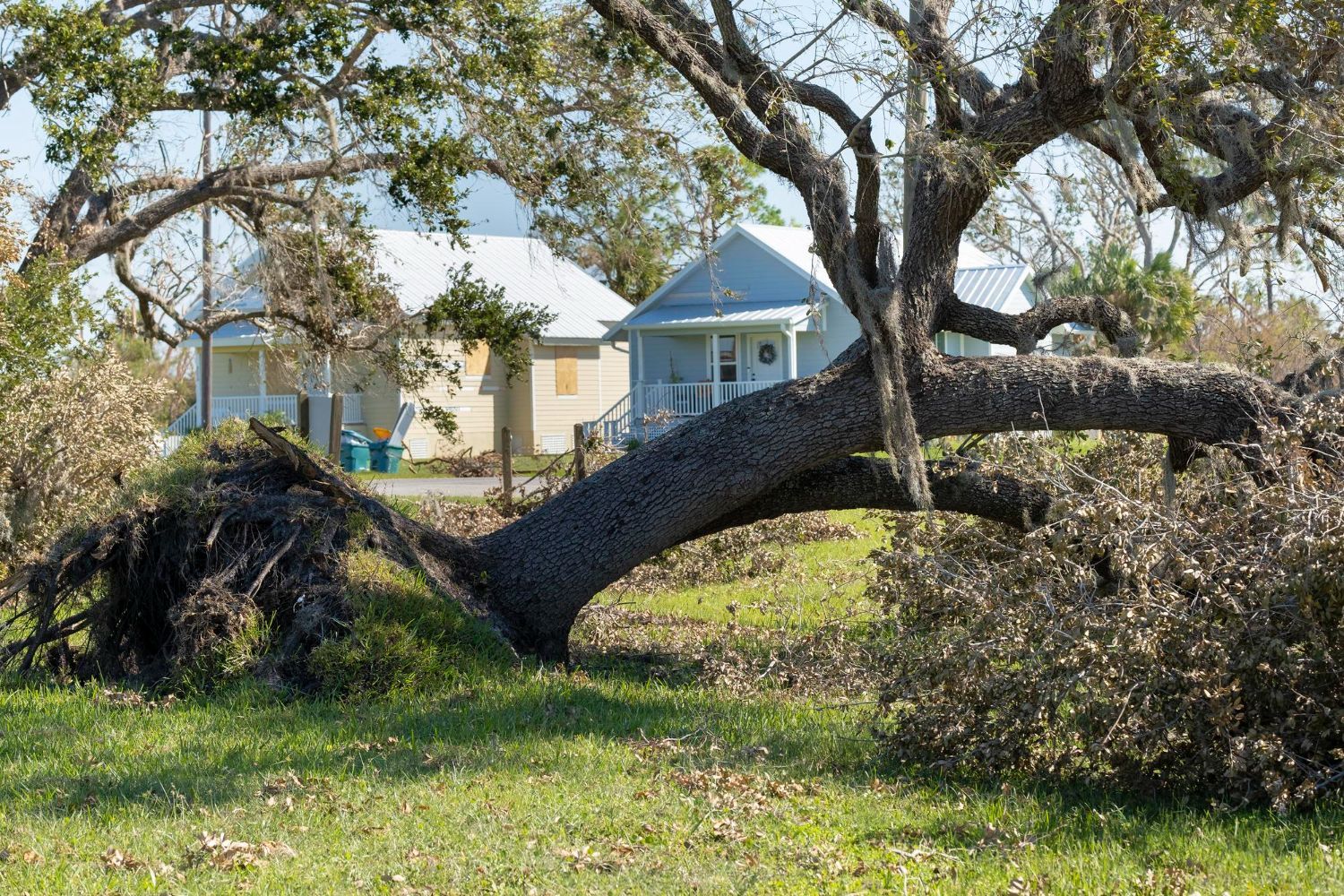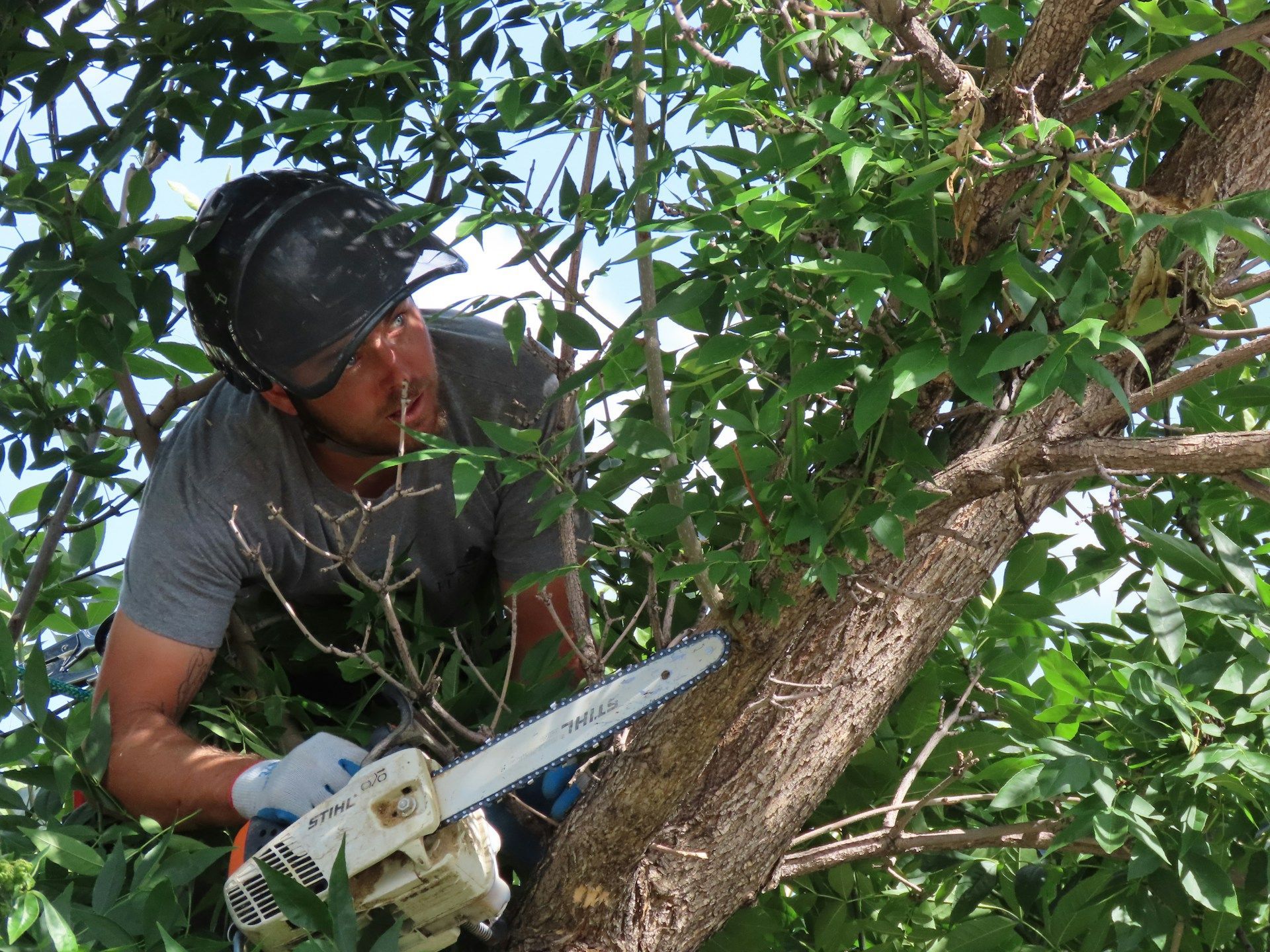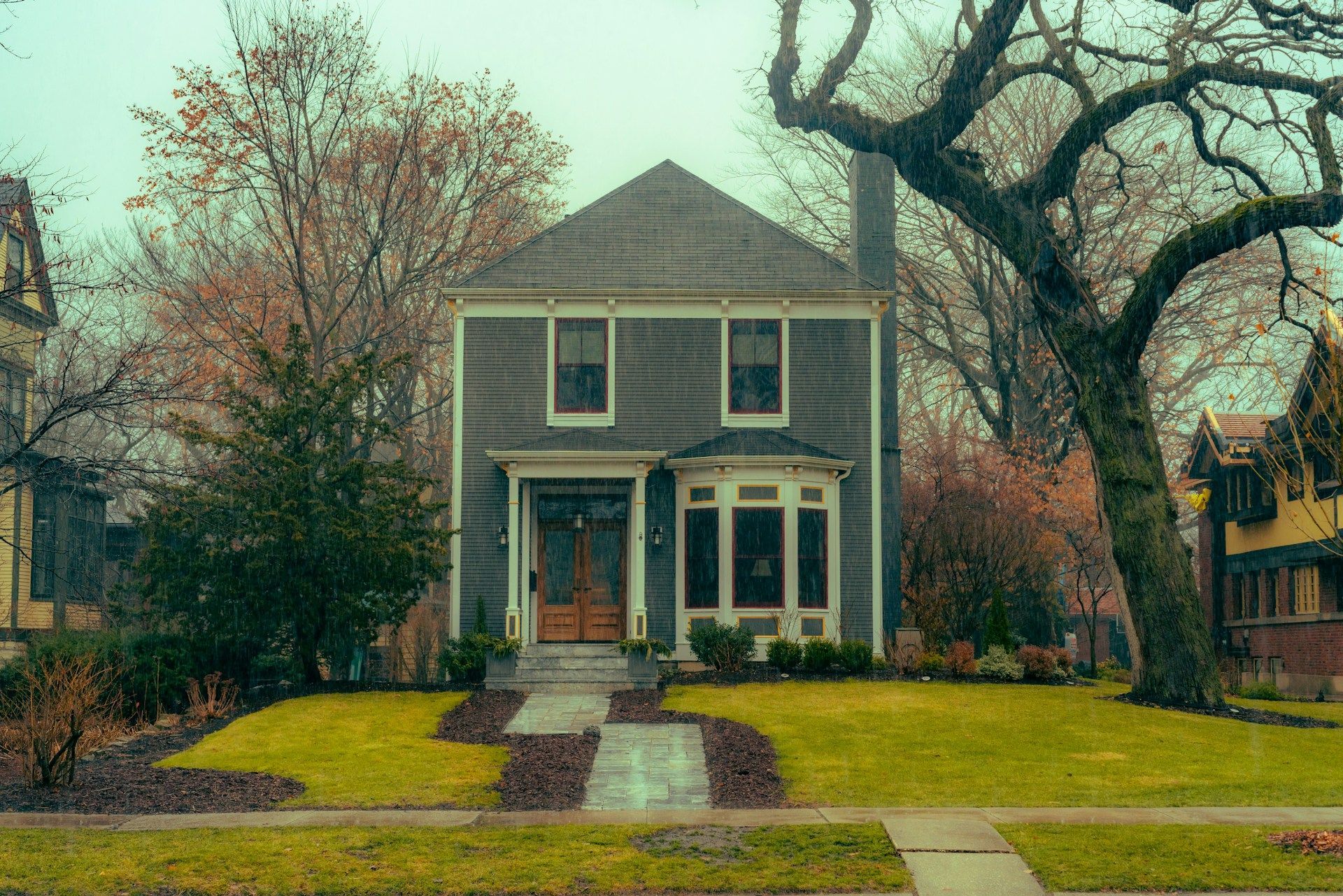The Impact of Dead Trees on Home Value and Safety
Dead trees on your property aren't just an eyesore; they pose serious risks to your home's value and safety. The presence of dead trees can significantly diminish property appeal, lowering its market value. This decline can make it harder to sell your home and could even affect the neighbourhood's overall look.
More importantly, dead trees are a threat to safety. They are prone to falling, especially during storms, leading to potential property damage and personal injuries. Dead branches can break off and fall without warning, endangering anyone nearby. Additionally, dead trees can attract pests and disease, which may spread to healthy trees in your yard.
Understanding these risks is crucial for maintaining a safe and attractive property. It’s important to recognize when trees need attention and take timely action to avoid unnecessary hazards. In this article, we will explore the various dangers of dead trees and why professional tree removal services are essential for safeguarding your home and its value.
Understanding the Hazards of Dead Trees
Dead trees on your property can present many dangers that you may not initially consider. One of the most significant risks is that dead trees can fall at any time. Without healthy roots to anchor them, these trees can be easily knocked over by strong winds, heavy snow, or even their own weight. If a tree falls, it can cause extensive damage to your home, car, or other structures nearby. Fallen trees can also obstruct roads and pathways, making it difficult for you or emergency services to move around.
Another hazard of dead trees is the risk of attracting pests. Dead wood is a prime target for insects like termites and ants, which can eventually migrate to your home and cause further damage. Additionally, dead trees can be a fire hazard. Dry, brittle wood ignites easily, which can be particularly dangerous during hot and dry weather. These are just a few reasons why addressing dead trees promptly is so important for maintaining a safe property.
How Dead Trees Can Decrease Your Home's Value
Dead trees can severely impact the value and appeal of your property. Here are some specific ways how:
1. Curb Appeal: A dead tree is an eyesore. Its lifeless branches and decaying trunk can make your entire yard look neglected. This unsightly appearance can instantly turn off potential buyers.
2. Landscaping Costs: Prospective buyers may also be concerned about the added expense of removing dead trees and restoring the landscaping. The thought of spending extra money can deter them from making an offer or reduce the amount they are willing to pay.
3. Inspection Issues: During a home inspection, dead trees are likely to be flagged as hazards. This can lead to requests for price reductions or demands that you handle the tree removal before the sale can proceed.
4. Insurance Costs: Dead trees can increase the risk of accidents and claims, which might result in higher home insurance premiums. Buyers may factor these potential extra costs into their purchase decisions.
5. Neighbour Complaints: Unsightly dead trees can also attract complaints from neighbours, which negatively affects the attractiveness of your neighbourhood as a whole.
Understanding how dead trees can decrease your home’s value highlights the importance of dealing with them promptly to maintain both safety and property appeal.
Safety Risks Associated with Fallen or Dead Trees
Fallen or dead trees are not just an eyesore; they present serious safety risks. One of the main hazards is the potential for property damage. A dead tree that falls can wreak havoc on roofs, vehicles, and utility lines, leading to costly repairs and dangerous conditions.
Personal injury is another significant concern. Dead or fallen trees can create trip hazards in your yard, especially if they block walkways or driveways. Children playing in the yard or visitors walking around can easily trip over fallen limbs, leading to possible injuries. Additionally, dead trees can suddenly shed large branches, posing a direct risk to anyone nearby. It's vital to address these risks promptly to ensure a safe environment for your family and guests.
Importance of Professional Tree Removal for Maintaining Property Value and Safety
Hiring professionals to remove dead trees is essential for maintaining your property's value and ensuring safety. Professional tree removal experts have the skills and equipment needed to safely and efficiently take down hazardous trees without damaging surrounding structures or vegetation.
By removing dead trees, you protect your property from potential damage, reduce liability risks, and improve your yard's overall appearance. Professional removal services also ensure that pests and diseases don’t spread to healthy trees, maintaining the health and balance of your yard’s ecosystem. Moreover, a neat and well-maintained yard can boost your home's value and make it more appealing to potential buyers.
Conclusion
Dead trees pose multiple risks, from structural damage and personal injury to decreased property value and pest infestations. Recognizing hazardous tree situations, understanding the immediate dangers, and acting promptly can safeguard your home and yard. Getting professional help for tree removal is a smart investment in maintaining a safe and attractive property.
If you have concerns about dead or hazardous trees on your property, don’t wait any longer. Contact Barrie Tree Care Pros today to ensure your yard is safe, healthy, and beautiful. Let our expert team provide
dead tree removal services.
